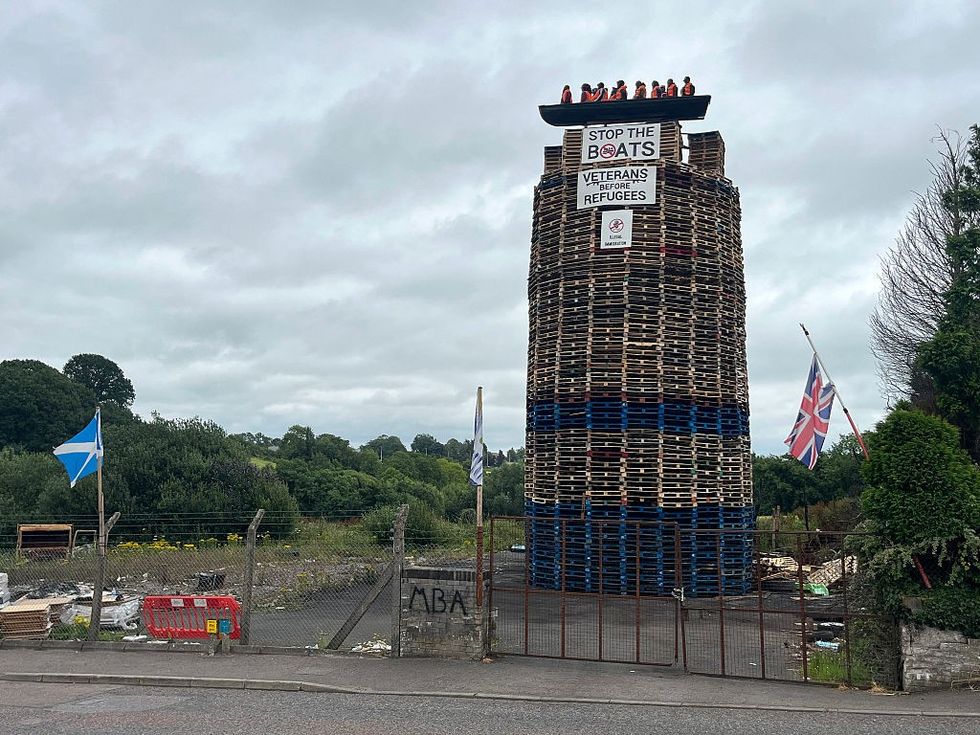A World Bank official has compared the Wuhan 2020 to Surat 1994. He said it is “déjà vu all over again”
Barjor Mehta, Lead Urban Specialist in the East Asia Urban and Disaster Risk Management team based in the Bank's China Country Office in Beijing, has said that he was a witness to both these incidents.
The pneumonic plague broke out in the city of Surat, Gujarat in Western India had claimed 63 lives and over 1200 infected. The Chinese city of Wuhan was the epicentre of COVID-19 which claimed 1400 lives so far.
"A quarter of that city’s then population of a little over a million people, mostly poor migrant workers from other parts of the country, panicked and dispersed across four different states. The crisis took four months to bring under control. It severely disrupted the local as well as the national economy, " Barjor says.
During the pneumonic plague outbreak in Surat, Mehta was teaching Urban Planning at CEPT University in Ahmedabad.
"Our daughter was only four years old. Everyone in my city of four-plus million went about scared with handkerchiefs tied to our faces – no one except doctors had access to or stocked surgical masks at that time. We stayed indoors, tried to remain calm, avoided human contact and wished things would get better, which they did – three to four months later," he recalls.
Twenty-six years later, in January 2020, Barjor and his wife re-lived the same moments in Beijing, China.
"We looked forward to spending a quiet Chinese Lunar New Year week at home, there came the terrible news that the city of Wuhan, a thousand kilometers to the south, had experienced an outbreak of COVID-19. We have been advised to take precautions, stay at and work from home," he says.
Mehta observes that modern urban planning traces some of its roots and methods to the London Broad Street cholera outbreak in 1854. The focus of infection then was one water stand pump which was identified thru meticulous field-work and mapping, he says.

















 Kap’s Cafe in Surrey was struck by gunfire late at night with staff still insideInstagram/
Kap’s Cafe in Surrey was struck by gunfire late at night with staff still insideInstagram/ Kaps Cafe Instagram Story Instagram Screengrab/
Kaps Cafe Instagram Story Instagram Screengrab/ Kaps Cafe Instagram Story Instagram Screengrab/
Kaps Cafe Instagram Story Instagram Screengrab/

